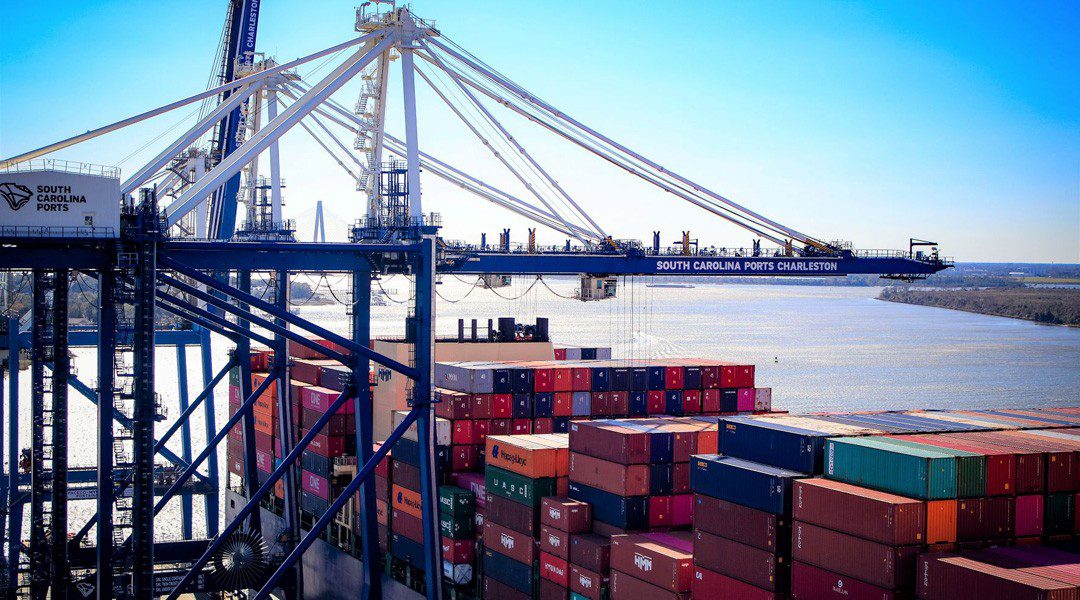USD: Dollar correction looks limited, but carry trade interest should remain
The dollar sold off around 1% across the board on yesterday’s softer-than-expected July CPI number, which investors felt made the case for a 50bp instead of 75bp hike at the Fed’s next meeting on 21 September. Yet the adjustment in US interest rate markets did not last long. Having fallen 20bp in the immediate aftermath of the CPI release, US two-year Treasury yields have since risen 15bp as markets re-assess the implications of the release.
Indeed, as James Knightley highlighted yesterday, it looks too early to expect a significant turn lower in core inflation (rents and wages will stay high) meaning that core inflation could be back at the 6.5% year-on-year cycle highs as we move into the fourth quarter. Additionally, Federal Reserve speakers were quick to re-affirm their commitment that the policy rate will be taken to /3.50% by the end of the year, with some risk to even 4% into next year. Certainly, the 4% move is not priced by markets and it feels like the event risk of the Fed’s Jackson Hole symposium on 25-27 August is more likely to fan the flames of the 4% scenario than to support any easing expectations next year.
Bringing that all together, it seems it is too early to expect any sustained downside move in the short end of the US Treasury yield curve (hence the quick bounce back in two-year yields yesterday). And historically (since the 1980s) the US 2-10 year US curve has struggled to invert more than by 50bp. That suggests limited downside for US yields from here (including the US 10-year), which would favour positioning back into long /JPY.
That said, expectations of quiet summer markets have seen expected volatility priced through the FX options market continuing to sink further. This will favour the carry trade and we could see fresh interest in pairs like long /JPY which could push to the 6.80 area this month. Banxico meets to set policy today and should hike 75bp rates to 8.50% – again matching the Fed hike-for-hike.
The low-yielder weighted DXY should find good demand below 105 and we would favour a recovery back to the /106.30 area.
EUR: Don’t chase the /USD rally
As above, we do not expect this modestly softer US rate environment to last too long. We would favour /0400 proving the top of the August trading range for /USD. In addition to the Russian threat from energy prices, the European manufacturing industry now has to contend with drought conditions and low water levels on the Rhine. That will challenge coal shipments, amongst other cargoes, and is keeping European natural gas prices bid near the highs. This factor remains an outright euro negative.
A slightly better risk environment and some stronger July core inflation (making the case for 50bp at next week’s Norges Bank meeting) are helping the Norwegian krone. We now have a window for /NOK to push to the 9.65 area.
GBP: On hold into tomorrow’s GDP release
The softer dollar allowed a decent reprieve to /USD yesterday, but the move stalled before resistance at 1.2300. We think cable will struggle to get above that level and would favour a return to the 1.20 area. We would have tight stops on short cable positions just above 1.2300, however.
Interestingly, /GBP came lower yesterday. That is a reminder that sterling is being traded as more of a pro-growth story than Europe these days. A quiet August with benign conditions could see /GBP edging back below 0.8400 – confounding the pound pessimists. The next local input for sterling will be tomorrow’s 2Q22 UK GDP data, widely expected to contract /0.2% quarter-on-quarter.
CEE: After the darkness comes the dawn
Yesterday brought a surprisingly quick resolution to the Russian gas story in the CEE region, where local currencies were also supported by the highest /USD level since the beginning of July. Overall, this meant a full recovery for the Hungarian forint and new gains for the Polish zloty. In the Czech Republic, surprisingly low inflation added to this, which reassured the market that the Czech National Bank would not deliver an additional rate hike. This probably discouraged the last of the koruna shorts and shot it to its strongest levels since mid-July. This can provide a quiet second half of the summer for the central bank, which, by our estimates, has spent around EUR23.6bn defending the koruna since mid-May.
While we believe that the koruna will lose some of its quick gains and return to closer to 24.60 /CZK, the Polish zloty and Hungarian forint look to us to be roughly well priced at the moment. Of course, support from higher /USD and positive sentiment from a quick resolution of the gas story may quickly fade. Market rates remain at lower levels, especially in Poland, where the National Bank of Poland indicates an early end of the hiking cycle. Moreover, in recent days we have seen more and more statements from the Polish government, which is clearly preparing for an open conflict with the European Commission over access to EU money. At the same time, we have not yet seen tangible progress in Hungary on this issue. So, it seems that this topic could soon return to the headlines.






